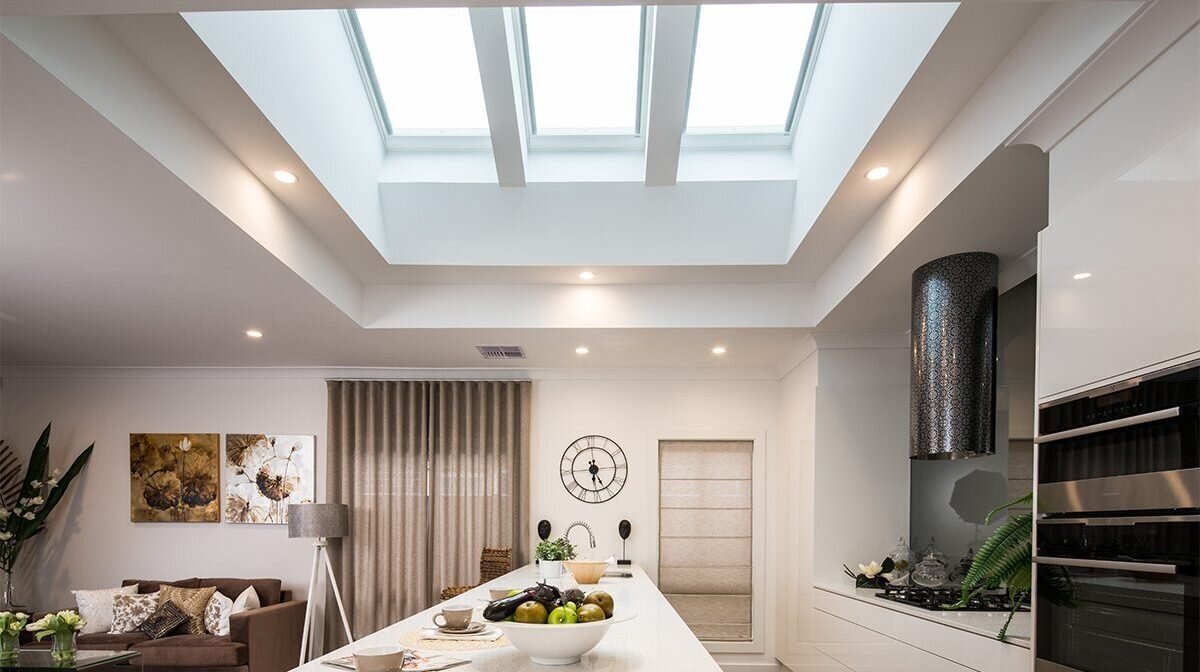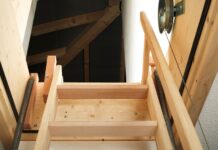Incorporating natural light into your living space has numerous benefits, from enhancing the aesthetic appeal of your home to improving your overall well-being. One of the most effective ways to achieve this is through the installation of a skylight.
But what exactly is a skylight? This comprehensive guide will explore the ins and outs of skylights, their types, benefits, and considerations for installation. By the end, you’ll have a thorough understanding of how skylights can transform your home into a brighter, more inviting space.
What is a Skylight?
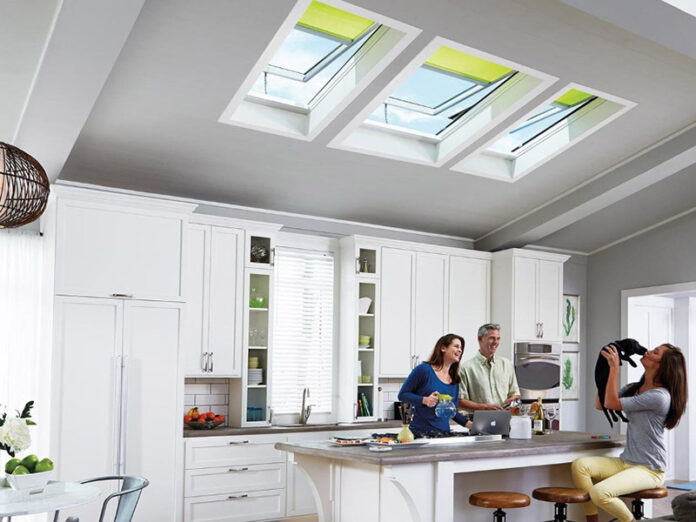
A skylight is a window installed in a roof or ceiling that allows natural light to enter the space below. Unlike traditional windows, skylights are positioned overhead, capturing sunlight from above and distributing it throughout the room. This unique placement offers several advantages, including increased daylight exposure and a more evenly lit interior.
Types of Skylights
Skylights come in various designs and functionalities, each suited to different needs and architectural styles. Here are the primary types of skylights available:
- Fixed Skylights
- Description: Fixed skylights are non-operable windows that provide constant natural light. They are sealed to prevent air and water leakage.
- Best For: Areas that require consistent lighting, such as hallways, attics, and stairwells.
- Benefits: Energy-efficient, low maintenance, and available in various shapes and sizes.
- Ventilated Skylights
- Description: Ventilated skylights can be opened and closed, allowing for air circulation in addition to natural light.
- Best For: Kitchens, bathrooms, and any room where ventilation is necessary.
- Benefits: Helps reduce humidity and improve indoor air quality.
- Tubular Skylights
- Description: Tubular skylights consist of a small dome on the roof connected to a reflective tube that channels light into the interior.
- Best For: Small spaces or rooms with limited roof space, such as closets, bathrooms, and hallways.
- Benefits: Cost-effective, easy to install, and highly efficient at capturing and distributing light.
- Pyramid and Dome Skylights
- Description: These skylights have a three-dimensional shape, either pyramid or dome-like, which provides a unique architectural feature.
- Best For: Commercial buildings, atriums, and spaces where a dramatic effect is desired.
- Benefits: Provides a wide distribution of light and adds a striking design element.
- Custom Skylights
- Description: Custom skylights are designed to fit specific architectural requirements and personal preferences.
- Best For: Unique or irregularly shaped roofs, or when a particular aesthetic is desired.
- Benefits: Tailored to your exact needs and style preferences.
Benefits of Installing a Skylight
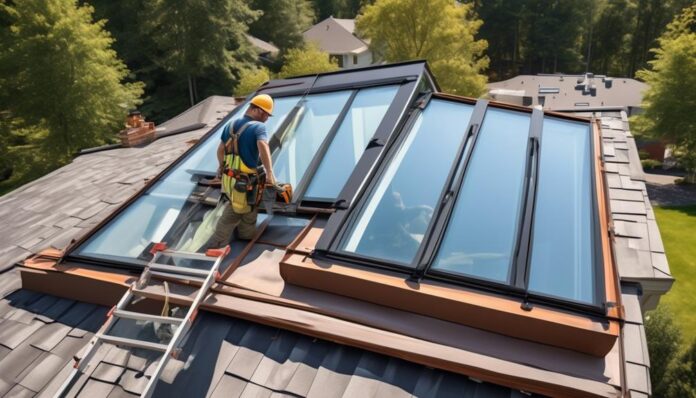
Skylights offer numerous advantages that go beyond simply brightening your home. Here are some key benefits:
- Increased Natural Light
- Skylights flood interiors with natural light, reducing the need for artificial lighting during the day. This not only saves on electricity costs but also creates a more pleasant and inviting atmosphere.
- Enhanced Aesthetics
- The addition of a skylight can transform the look and feel of a room, making spaces appear larger and more open. The natural light highlights architectural features and interior design elements.
- Energy Efficiency
- Modern skylights are designed with energy efficiency in mind. Features such as double glazing, low-E coatings, and thermal breaks help to minimize heat loss in the winter and reduce heat gain in the summer, leading to lower energy bills.
- Improved Ventilation
- Ventilated skylights provide an excellent source of natural ventilation. They can help to expel hot air, moisture, and odors, especially in areas like kitchens and bathrooms.
- Health and Well-being
- Exposure to natural light has been shown to have numerous health benefits, including improved mood, increased productivity, and better sleep patterns. Skylights can help to create a healthier living environment.
- Increased Property Value
- Skylights can enhance the value of your home. Potential buyers are often attracted to homes with abundant natural light and unique architectural features.
Considerations for Skylight Installation
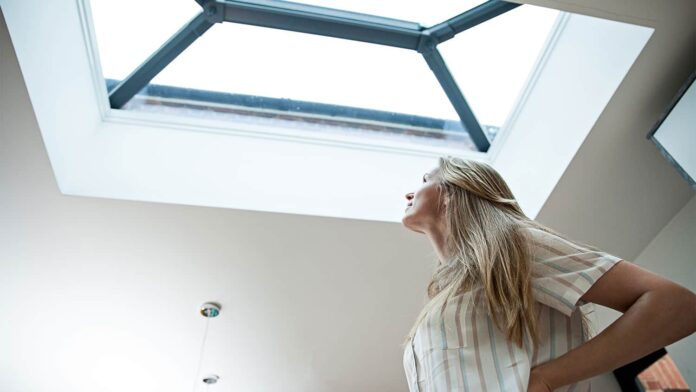
Before installing a skylight, there are several factors to consider to ensure you make the best choice for your home:
- Placement
- The location of the skylight is crucial for maximizing natural light and ensuring it fits well with your home’s layout. Consider the path of the sun and the orientation of your roof.
- Size and Shape
- Choose a size and shape that complements the room and fits within the structural limitations of your roof. Larger skylights provide more light but may require additional support.
- Glazing Options
- The type of glazing used in the skylight affects its energy efficiency and performance. Options include single, double, or triple glazing, as well as coatings that reduce UV radiation and heat transfer.
- Ventilation Needs
- Decide whether you need a fixed or ventilated skylight based on the room’s ventilation requirements. Ventilated skylights are ideal for humid areas like bathrooms and kitchens.
- Professional Installation
- Proper installation is critical to prevent leaks and ensure the skylight performs as intended. Hiring a professional installer with experience in skylight installations is recommended.
- Building Regulations
- Check local building codes and regulations to determine if you need any permits or approvals before installing a skylight. This ensures compliance with safety and structural standards.
Additional Tips for Skylight Maintenance and Care
- Regular Cleaning
- Keep your skylight clean to maintain optimal light transmission and prevent dirt buildup. Use a mild detergent and a soft cloth or sponge to clean the glass and frame. Avoid abrasive cleaners that can scratch the surface.
- Inspect Seals and Flashing
- Periodically inspect the seals and flashing around your skylight for any signs of wear or damage. Proper maintenance of these components helps prevent leaks and ensures the longevity of your skylight.
- Check for Condensation
- Condensation can be a common issue with skylights, especially in humid areas. Ensure proper ventilation to reduce moisture buildup. If condensation persists, consider installing a dehumidifier or improving the room’s ventilation system.
- Monitor for Leaks
- After heavy rain or snow, check your skylight for any signs of leaks. Addressing leaks promptly can prevent water damage to your home’s interior and structure.
- Seasonal Maintenance
- Conduct seasonal maintenance to keep your skylight in top condition. This includes clearing any debris, such as leaves or snow, from the skylight and its surrounding area.
Bringing It All Together
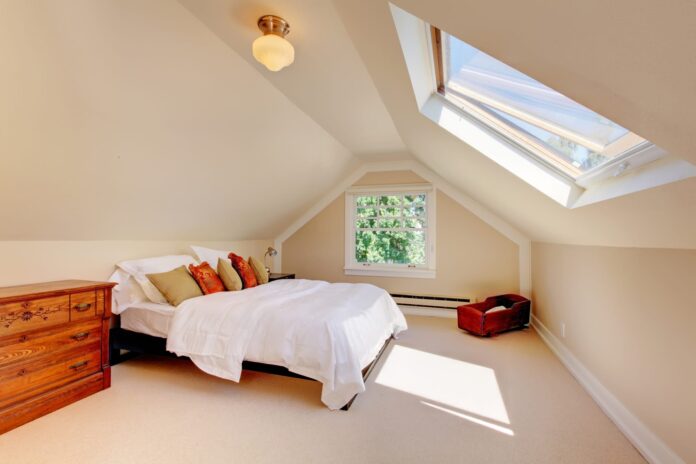
Skylights are a fantastic addition to any home, offering a range of benefits from increased natural light to improved ventilation and energy efficiency. By understanding the different types of skylights, their advantages, and the key considerations for installation, you can make an informed decision that enhances the beauty and functionality of your living space.
Whether you’re looking to brighten a dark room, create a healthier environment, or add a unique architectural feature, a skylight is a versatile and valuable investment.
Incorporating skylights into your home not only elevates your interior design but also contributes to a more sustainable and enjoyable living experience. So, why not let the sunshine in and explore the possibilities that skylights have to offer?

